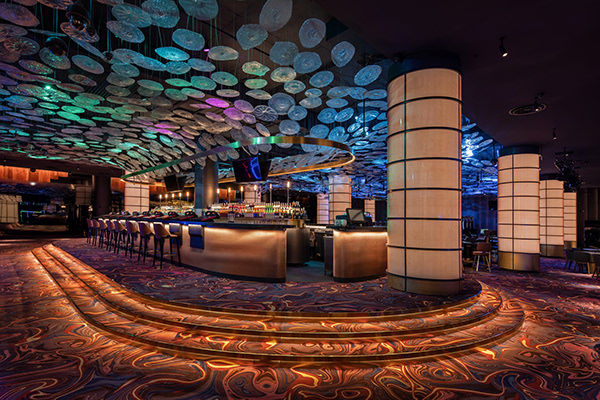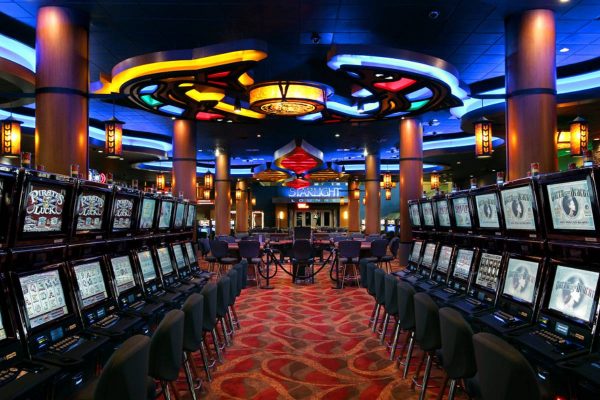For centuries, casinos have been a hub for entertainment, socialization, and gambling. From the lavish palaces of Europe to the modern resorts in Las Vegas, casino architecture has evolved significantly over time. Let’s take a look at the history of casino architectural design.
Early Casino Design

The first casinos were established in Europe in the 17th century. They were often found in palaces and private residences of the wealthy and were designed to impress guests with their grandeur and opulence. These early casinos featured extravagant interiors with crystal chandeliers, gilded mirrors, and lavish furnishings. The architecture was heavily influenced by the Baroque and Rococo styles of the time, characterized by ornate decorations and intricate details.
The Rise of Art Deco
In the 1920s and 1930s, the Art Deco movement emerged and became a popular style for casinos. Art Deco was characterized by bold geometric shapes, streamlined forms, and a focus on luxury and glamour. Many famous casinos, such as the Monte Carlo Casino in Monaco, were built during this period and featured Art Deco designs. These casinos were designed to be both functional and visually stunning, with attention paid to every detail from the lighting to the furnishings.
The Post-War Era
After World War II, casino design underwent significant changes. The focus shifted from grandeur and opulence to functionality and accessibility. Many casinos were built in Las Vegas during this period, and they were designed to be more efficient and practical. The architecture was influenced by the Mid-Century Modern style, characterized by clean lines, simple shapes, and a focus on function. These casinos were designed to accommodate large crowds of people, with wide-open spaces and easy access to gambling tables and slot machines.
Modern Casino Resorts

Today, casino architecture has evolved to include large-scale resorts that offer a wide range of entertainment options for guests. These modern resorts are designed to be destinations in themselves, with luxurious accommodations, fine dining, and entertainment venues. The architecture is inspired by a variety of styles, including contemporary, traditional, and eclectic. Many modern casinos also incorporate sustainable design practices, such as energy-efficient lighting and water-saving features.
The history of casino architectural design is a fascinating journey through time. From the palatial buildings of Europe to the modern resorts of Las Vegas, casino architecture has evolved to meet the changing needs and tastes of society. Today, casinos continue to be popular destinations for entertainment, socialization, and gambling, and they are designed to offer guests a truly unforgettable experience.







More Stories
How Blockchain is Revolutionizing Online Casino Transparency
Digital Protection and Reliable Deals: Building Trust in the World of Online Casinos Today
Red Flags to Avoid on Online Casino Sites